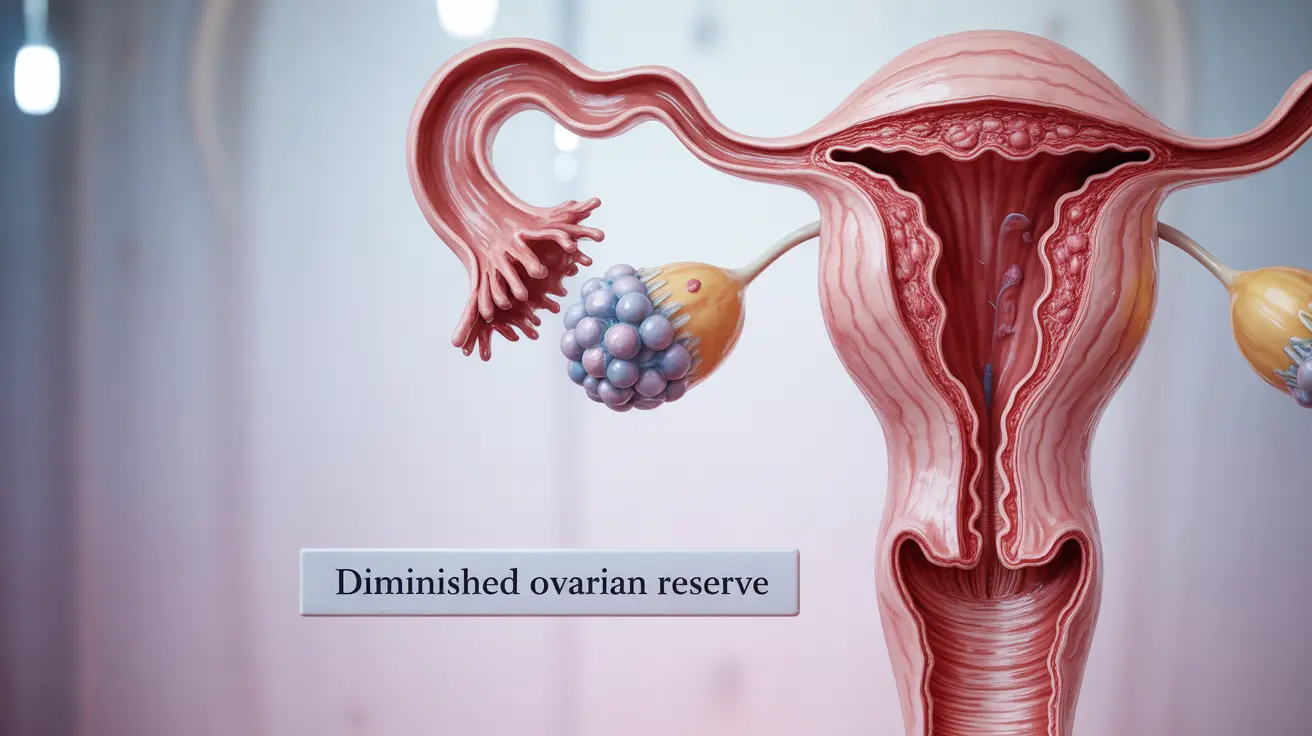Low ovarian reserve is a condition that affects many women, particularly as they age, and can significantly impact fertility. Understanding the signs, causes, and available treatments is crucial for women who are planning to conceive or experiencing fertility challenges. This comprehensive guide will help you recognize the symptoms and understand your options for managing this condition.
What is Low Ovarian Reserve?
Low ovarian reserve, also known as diminished ovarian reserve, refers to a reduction in both the quantity and quality of eggs in a woman's ovaries. This natural process occurs with age but can also happen prematurely in some women, affecting their ability to conceive naturally.
Common Symptoms of Low Ovarian Reserve
Recognizing the symptoms of low ovarian reserve early can help women make informed decisions about their fertility journey. While some women may not experience obvious symptoms, others might notice:
- Difficulty getting pregnant
- Irregular or missed periods
- Shorter menstrual cycles
- Hot flashes or night sweats
- Vaginal dryness
- Mood changes
It's important to note that many women with low ovarian reserve may not experience any symptoms until they begin trying to conceive.
Diagnostic Methods and Testing
Healthcare providers use several methods to diagnose low ovarian reserve:
Blood Tests
- Anti-Müllerian Hormone (AMH) levels
- Follicle Stimulating Hormone (FSH) levels
- Estradiol levels
Ultrasound Assessment
Transvaginal ultrasound helps evaluate:
- Antral follicle count
- Ovarian volume
- Overall reproductive organ health
Risk Factors and Causes
Several factors can contribute to low ovarian reserve:
- Advanced age (35 years and older)
- Genetic conditions
- Previous ovarian surgery
- Chemotherapy or radiation treatment
- Smoking
- Endometriosis
- Autoimmune disorders
Treatment Options and Management
While low ovarian reserve cannot be reversed, several treatment options can help improve fertility outcomes:
Fertility Treatments
- In vitro fertilization (IVF)
- Egg donation
- Fertility medication
- Controlled ovarian stimulation
Lifestyle Changes
Certain lifestyle modifications may help support overall reproductive health:
- Maintaining a healthy weight
- Taking prescribed supplements
- Reducing stress
- Quitting smoking
- Regular exercise
When to Seek Medical Help
Consider consulting a fertility specialist if you:
- Are under 35 and have been trying to conceive for one year
- Are over 35 and have been trying to conceive for six months
- Have irregular periods
- Have a family history of early menopause
- Have had previous ovarian surgery or cancer treatment
Frequently Asked Questions
What are the common symptoms that indicate low ovarian reserve in women?
Common symptoms include difficulty conceiving, irregular or shorter menstrual cycles, and in some cases, hot flashes or mood changes. However, many women may not experience noticeable symptoms until they try to conceive.
How is low ovarian reserve diagnosed through blood tests and ultrasound?
Diagnosis typically involves blood tests measuring AMH, FSH, and estradiol levels, combined with transvaginal ultrasound to assess antral follicle count and ovarian volume.
What causes diminished ovarian reserve and who is at risk for this condition?
Common causes include advanced age, genetic factors, previous ovarian surgery, cancer treatments, smoking, and certain medical conditions like endometriosis. Women over 35, those with family history of early menopause, or those who have undergone cancer treatment are at higher risk.
What fertility treatment options are available for women with low ovarian reserve?
Treatment options include IVF, egg donation, fertility medications, and controlled ovarian stimulation. The most appropriate treatment depends on individual factors such as age, overall health, and specific fertility goals.
When should I see a doctor if I suspect I have low ovarian reserve or difficulty conceiving?
Seek medical evaluation if you're under 35 and have been trying to conceive for one year, or if you're over 35 and have been trying for six months. Additionally, consult a doctor if you have irregular periods or known risk factors for low ovarian reserve.




